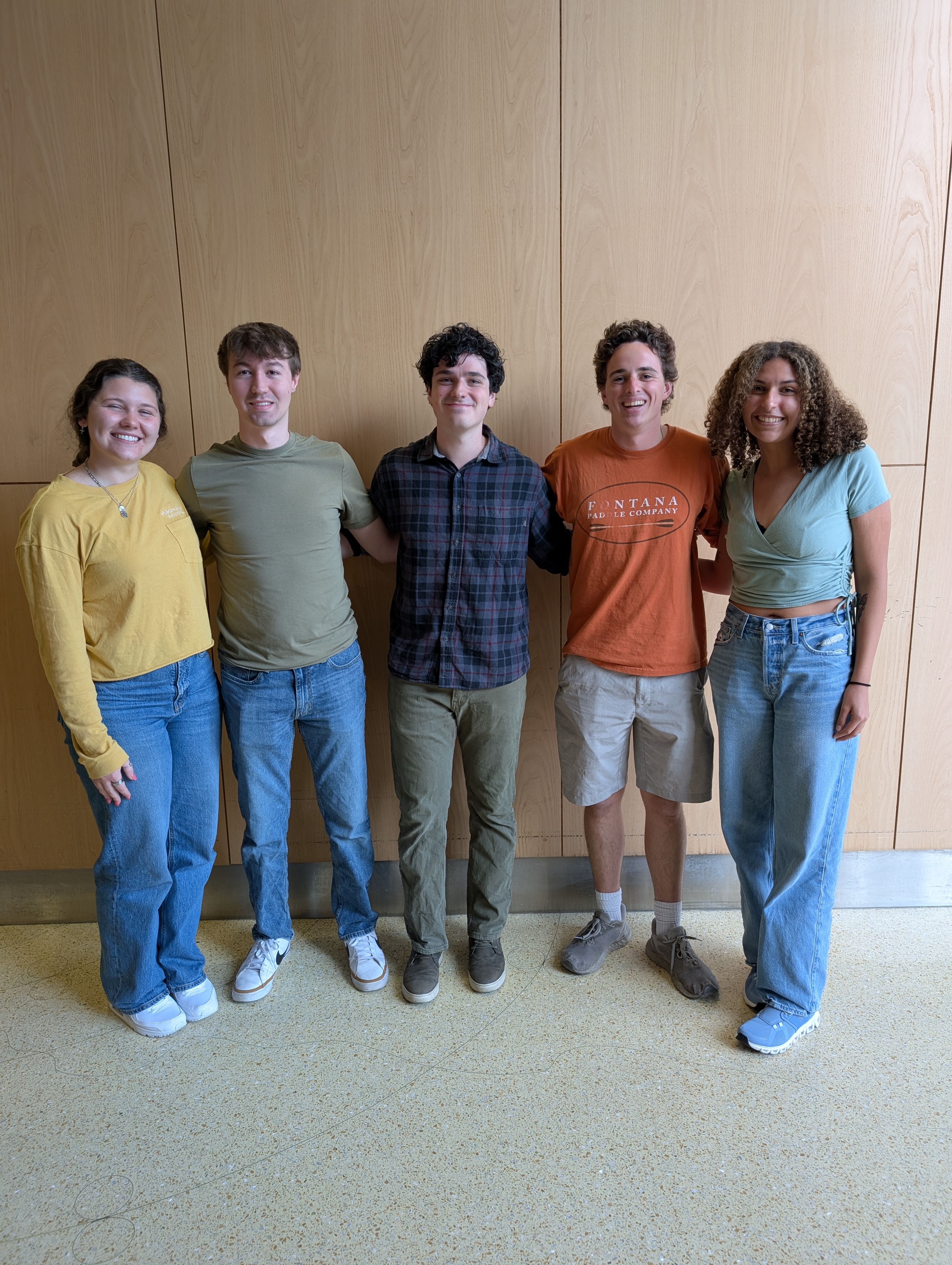Healing in alignment: A bioelectric dressing for collagen alignment in keloid scar modulation
This project has been secured to protect intellectual property.
Login for More InformationTo develop a wearable electric dressing with an alternating current to prevent keloid scar formation.
Project Overview
Keloids are a pathological form of dermal scarring characterized by excessive fibroblast proliferation, persistent inflammation, and abnormal deposition of disorganized collagen fibers. Unlike hypertrophic scars, keloids extend beyond the original wound margins and have a high recurrence rate, even after surgical excision. Recurrence rates following surgery alone can approach 50–100%, making keloids a persistent challenge in reconstructive and dermatologic surgery.
Current treatment strategies—such as intralesional corticosteroids, pressure therapy, silicone sheets, and postoperative radiation—aim to modulate the wound healing process and reduce recurrence. However, these approaches have variable efficacy, require prolonged patient compliance, and may carry undesirable side effects. A critical unmet need remains for an adjunctive therapy that can be applied immediately after excision to modulate healing at the cellular and extracellular matrix (ECM) level, without significant patient burden.
One promising avenue comes from the study of endogenous wound bioelectricity. Skin injury generates transepithelial potential differences that create endogenous electric fields, which guide keratinocyte and fibroblast migration (galvanotaxis), regulate growth factor expression, and influence collagen fibril organization. Disruption or dysregulation of these electrical cues may contribute to aberrant scar formation. Laboratory studies have demonstrated that externally applied, low-intensity electric fields can modulate fibroblast orientation, reduce excessive collagen deposition, and promote more organized ECM architecture.
A bio-electric dressing represents a novel, non-invasive strategy to harness this principle. Such a dressing could be applied immediately after keloid excision to deliver controlled, therapeutic electric fields directly to the wound site. By guiding fibroblast activity and collagen alignment during the critical early phases of wound healing, this technology has the potential to reduce abnormal scar architecture and significantly lower recurrence rates. This would create organization in healing keloids at the cellular level, directly combating the disease characterized by cellular disorganization.
Advances in flexible electronics, microbattery technology, and conductive biomaterials now make it feasible to design a safe, comfortable, and effective dressing that integrates seamlessly into postoperative care. This innovation could overcome the limitations of current adjunctive therapies, offering a reproducible, mechanism-based solution for one of the most challenging problems in scar management. Moreover, this dressing could safely be applied in addition to other adjuvant treatments, facilitating its adoption into clinical practice.
We hope that after designing such a device and proving its safety, we could use it for a randomized controlled trial on patients who have keloids in order to develop a novel treatment. While there have been some early bio-electric devices designed for wound healing cases, there has not been any device designed to address keloid pathophysiology specifically.
Team Picture

Contact Information
Team Members
- Jake Allen - Team Leader
- Samantha Kahr - Communicator
- Declan McHugh - BSAC
- Helen Sargeant - BWIG
- Jacob Cosnowsky - BPAG
- Kristy Bagley
- Sunshine Lee
Advisor and Client
- Dr. Russ Johnson - Advisor
- Dr. Jasmine Craig - Client
- Dr. Robert George - Alternate Contact
